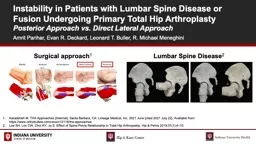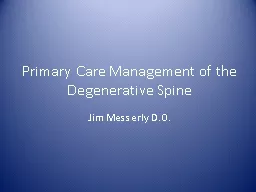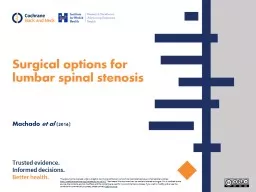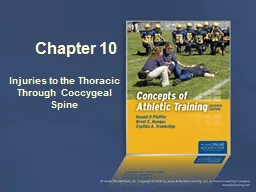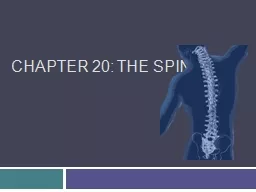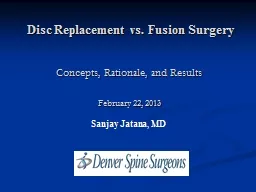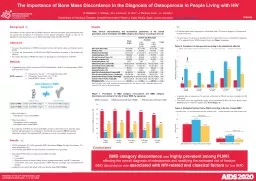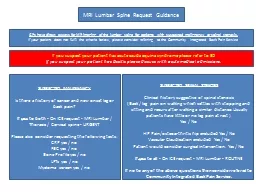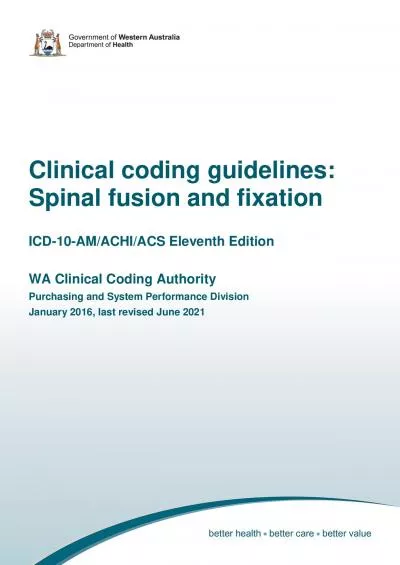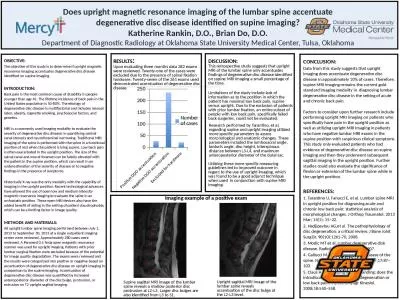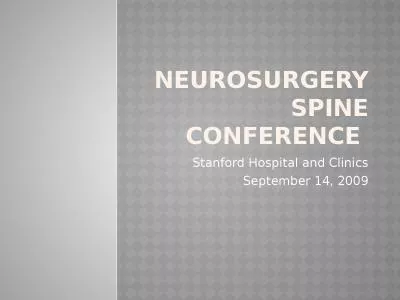PPT-Instability in Patients with Lumbar Spine Disease or Fusion Undergoing Primary Total Hip
Author : BabyDolly | Published Date : 2022-08-04
Posterior Approach vs Direct Lateral Approach Surgical approach 1 Karadsheh M THA Approaches Internet Santa Barbara CA Lineage Medical Inc 2021 June cited 2021 July
Presentation Embed Code
Download Presentation
Download Presentation The PPT/PDF document "Instability in Patients with Lumbar Spin..." is the property of its rightful owner. Permission is granted to download and print the materials on this website for personal, non-commercial use only, and to display it on your personal computer provided you do not modify the materials and that you retain all copyright notices contained in the materials. By downloading content from our website, you accept the terms of this agreement.
Instability in Patients with Lumbar Spine Disease or Fusion Undergoing Primary Total Hip: Transcript
Download Rules Of Document
"Instability in Patients with Lumbar Spine Disease or Fusion Undergoing Primary Total Hip"The content belongs to its owner. You may download and print it for personal use, without modification, and keep all copyright notices. By downloading, you agree to these terms.
Related Documents

